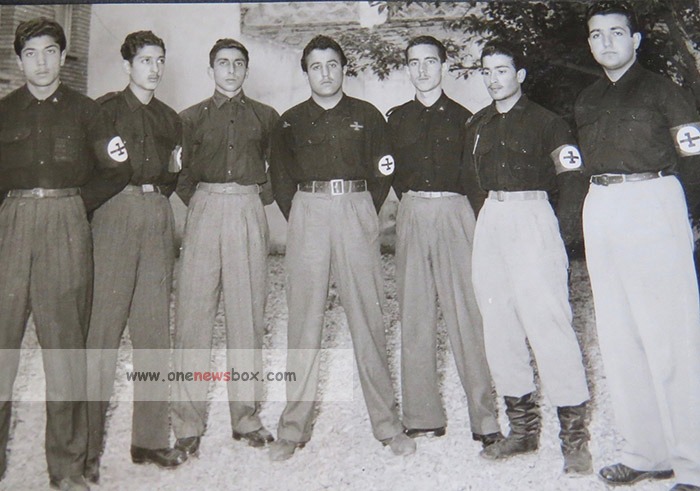Homayoun, a journalist and later Minister of Information under the Shah, argued that while SOMKA adopted many Nazi symbols, it lacked the genocidal anti-Semitism of the German model. He insisted that traditions of tolerance toward Jews, dating back to Cyrus the Great, prevented the party from embracing extreme racism.
Monshizadeh and others in the movement defended SOMKA’s stance by citing positive relations with Israel, asserting that their nationalism was focused on Persian pride rather than ethnic exclusion. Nevertheless, the party’s emphasis on racial purity and disdain for Arabs and communists revealed troubling ideological undercurrents.
Political Role and Decline
SOMKA never achieved mass political power. The Pahlavi regime, although initially tolerant of its anti-communist stance, eventually saw SOMKA’s paramilitary organization and foreign-inspired ideology as threats. Government repression, lack of popular support, and internal divisions weakened the party.

